You might reach for bottled water thinking it’s the purest option—but not all is as crystal clear as it seems. Recent studies have uncovered a troubling truth: many popular bottled water brands may be delivering more than just hydration. Hidden inside those sleek bottles could be thousands of tiny microplastic particles, invisible to the naked eye but potentially harmful to your health. These aren’t just trace amounts—they’re in quantities that have raised eyebrows among scientists and health experts alike. Before your next sip, find out which trusted brands could be flooding your body with microscopic plastic you never asked for.
1. Nestlé Pure Life
Laboratory tests revealed Nestlé Pure Life contains alarming microplastic levels – up to 10,000 particles per liter in some bottles! That’s like drinking a tiny spoonful of plastic with every bottle.
The main culprits? The plastic bottle itself and those blue caps that shed tiny fragments during manufacturing and opening. Despite the brand’s clean image and promises of purity, these test results tell a different story.
Many consumers choose this brand believing they’re making a healthy choice, unaware of what’s actually floating in their water. The irony of “Pure Life” containing the highest microplastic count among tested brands hasn’t gone unnoticed by health advocates.
2. Aquafina
PepsiCo’s popular Aquafina consistently ranks among the most contaminated water brands in microplastic studies. The sleek blue bottles might look refreshing, but they’re hiding a troubling secret.
Researchers point to both the plastic bottles and Aquafina’s processing methods as the main sources of contamination. When the water passes through plastic pipes and equipment during purification, it picks up these invisible hitchhikers.
The brand’s seven-step purification process, ironically, may contribute to the problem as water moves through multiple plastic components. For a brand that markets itself as ultra-pure, these findings raise serious questions about what “purity” really means.
3. Dasani
Coca-Cola’s Dasani water brand faces scrutiny after lab analyses found approximately 335 microplastic particles per liter. That means every time you finish a standard bottle, you’ve consumed hundreds of tiny plastic bits!
The distinctive clear bottles with blue labels might look clean, but scientists believe the plastic container itself sheds particles into the water. Temperature changes during shipping and storage may worsen this problem as plastic degrades faster in heat.
Dasani uses a mineral addition process they call “PlantBottle Technology” to enhance taste, but no filtration method currently removes all microplastics. Despite being one of America’s best-selling waters, these findings suggest popularity doesn’t equal purity.
4. Evian
Marketed as natural spring water from the French Alps, Evian carries a premium price tag but isn’t premium when it comes to plastic contamination. Tests detected an average of 256 microplastic particles per liter – better than some competitors but still concerning.
The distinctive pink cap appears to be a major culprit, shedding tiny fragments when twisted open. Even Evian’s special bottling process, which the company promotes as preserving natural purity, doesn’t prevent microplastic contamination.
Many consumers pay extra for Evian believing they’re getting superior water. Unfortunately, the French Alps source doesn’t protect the water from picking up plastic during bottling, transportation, and storage – proving that expensive doesn’t always mean cleaner.
5. Gerolsteiner
Germany’s leading mineral water brand has a major plastic problem. Gerolsteiner shocked researchers with an average of 807 microplastic particles per liter in the Orb Media report, making it one of the worst offenders tested.
The naturally carbonated water, sourced from ancient volcanic springs, picks up plastic contamination from both bottles and caps. The brand’s distinctive blue packaging and claims of mineral-rich purity stand in stark contrast to these findings.
German consumers often choose this brand for its supposed health benefits and mineral content. The high contamination levels raise questions about bottling practices even in countries with strict manufacturing standards. Even waters bottled in “pristine” conditions aren’t immune to our plastic pollution problem.
6. San Pellegrino
San Pellegrino’s iconic green glass bottles might seem like a safer choice, but they’re not microplastic-free. Tests found approximately 74 particles per liter – lower than plastic-bottled competitors but still present.
Surprisingly, the plastic cap and seal are the main contamination sources. When you twist open that cap or when it’s sealed at the factory, tiny plastic bits can break off and fall into your sparkling water.
The brand’s Italian heritage and mineral-rich source don’t prevent this modern contamination problem. While glass bottles do reduce plastic exposure compared to fully plastic containers, San Pellegrino shows that no commercial bottled water completely escapes the microplastic problem in today’s packaging systems.
7. Fiji Water
Fiji Water’s square bottles and exotic source create a premium image, but recent lawsuits highlight microplastic and BPA concerns. The brand that markets itself as “untouched by man” apparently isn’t untouched by plastic.
Despite claims of natural artesian water from a pristine Pacific island, Fiji Water hasn’t escaped the industry-wide contamination issue. The distinctive square plastic bottles, while stylish, still shed particles into the water, especially during shipping across thousands of miles from Fiji to global markets.
Consumers pay a premium for what they believe is exceptional purity from a remote source. The legal challenges facing the company suggest that even waters from paradise aren’t immune to modern pollution problems that affect virtually all commercially bottled waters.
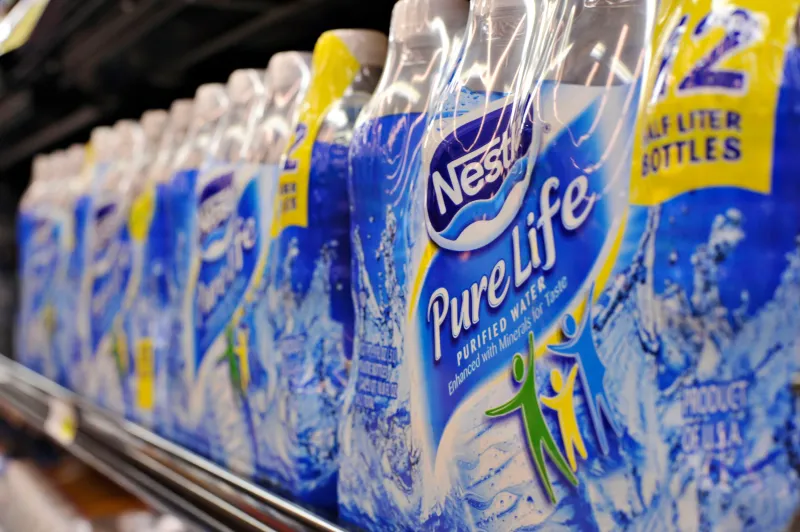
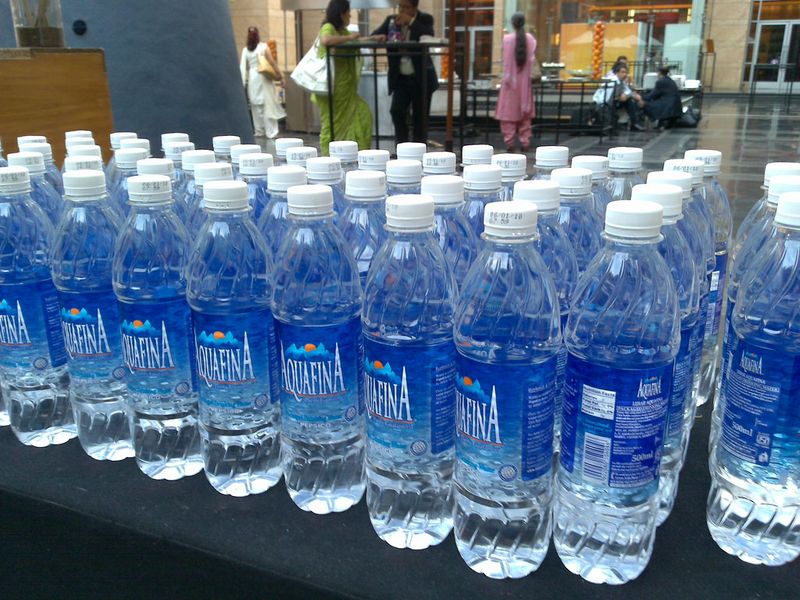

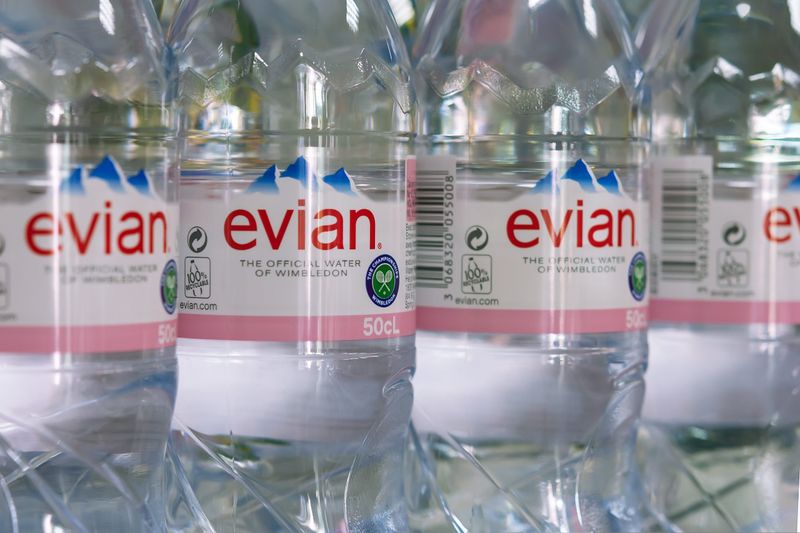
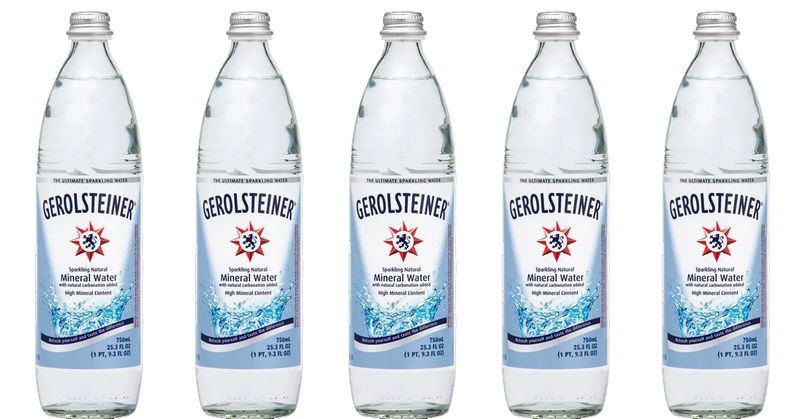
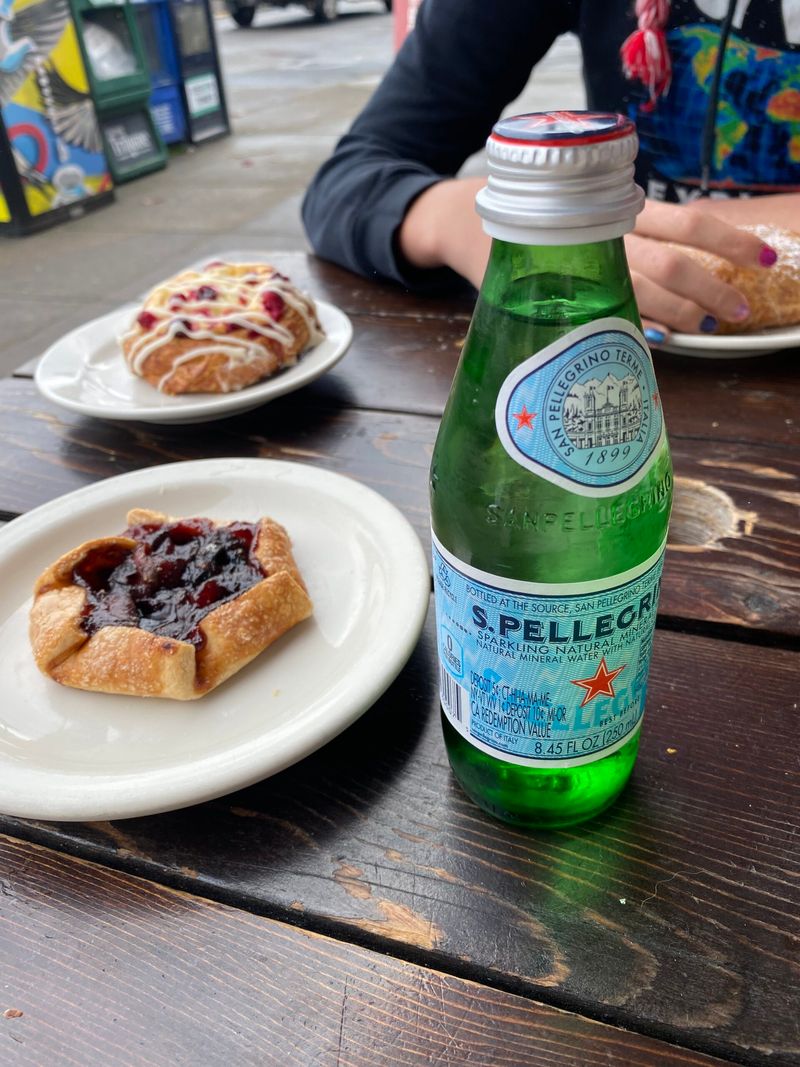
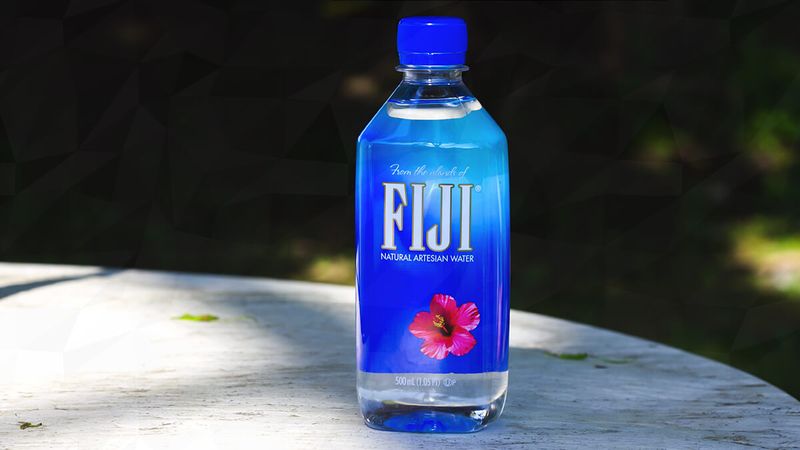
Leave a comment